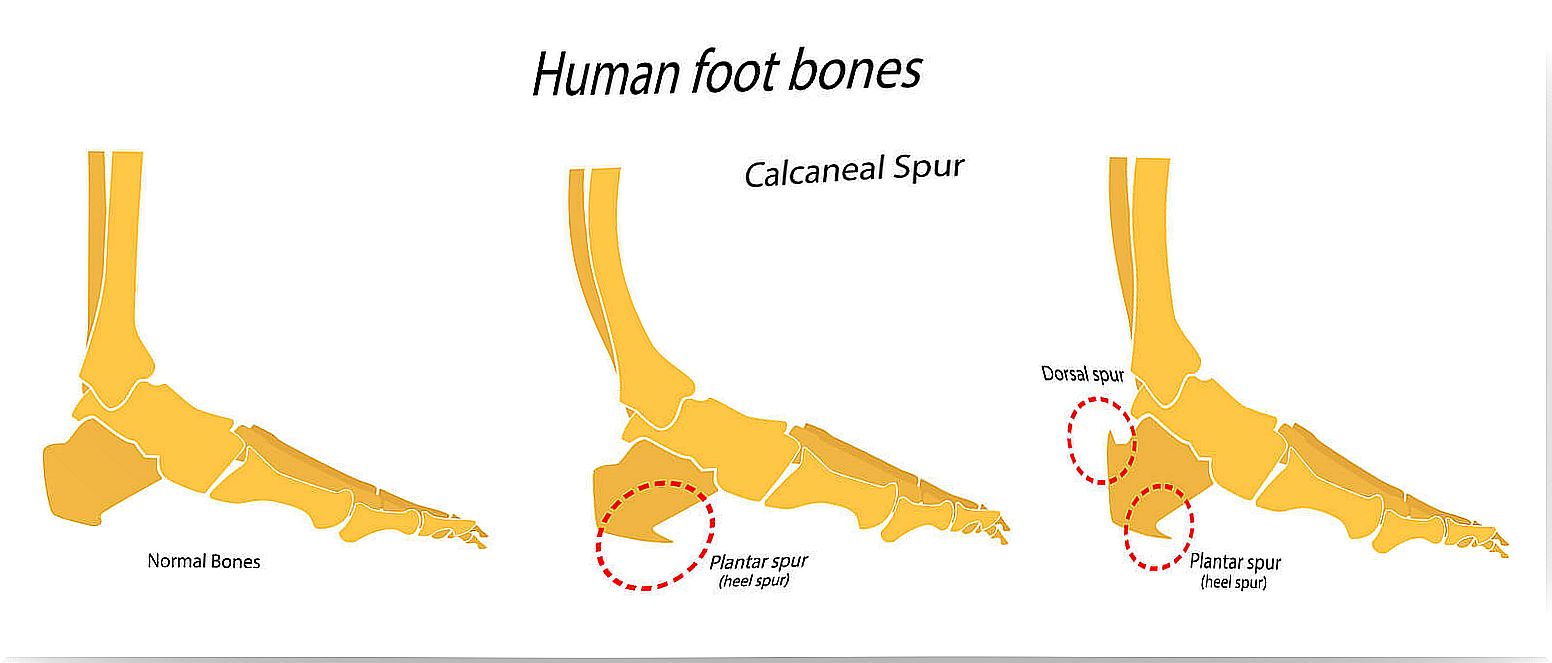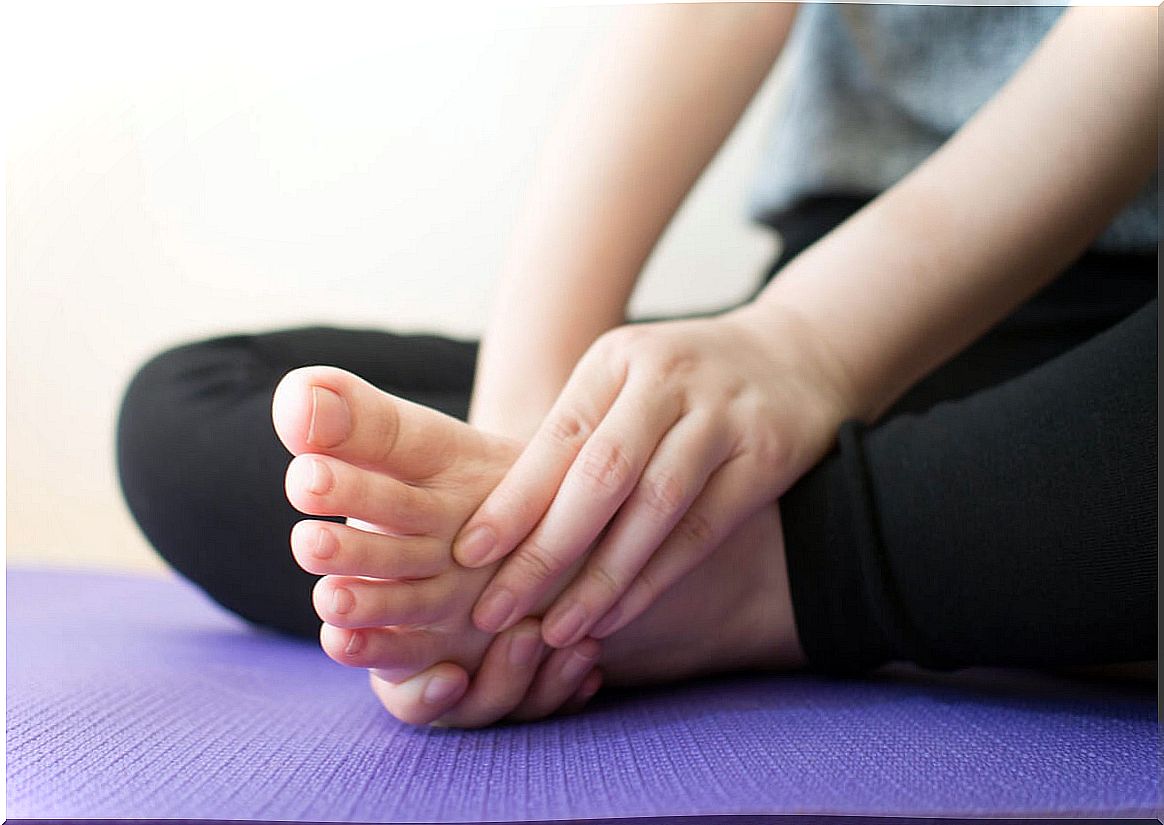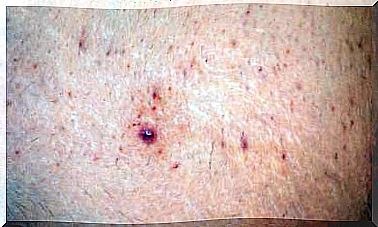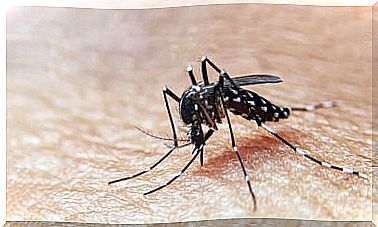Calcaneal Spur: Symptoms And Treatment
The heel spur is a more common problem than it is believed, although it does not always receive this name as such. In general terms, it could be said that it is caused by a very small bone formation in the heel. It causes a lot of pain and can make it difficult to carry out various activities on a day-to-day basis. For this reason, it requires medical treatment.
According to the experts in the MSD Manual, “ Heel spur is an overgrowth of bone on the calcaneus. It occurs over time when an increase in tension on the fascia of the foot is combined with its malfunction. However, sometimes there is a spur on the heel and sometimes not ”.
If you have been diagnosed with a calcaneal spur, you must be patient and follow the guidelines given by your treating doctor so that you can feel better and return to doing your activities as normal.
Below we will tell you more about this ailment so that you are better informed and know what is good for you and what is not.
Why do we suffer from the so-called heel spur?

As experts tell us, in general one in four people suffer from it. That is, we all have a high probability of experiencing a heel spur at some point. It happens due to the appearance of a small bone spicule just in the heel.
But why does it appear? Basically it arises as a consequence of age, it is the most common. But it is common, in turn, in young people who are forced to spend a lot of time standing. Having a few extra kilos would also be a factor to take into account.
Another fact to take into account is that the probability tells us that it is also very common among people with a poorly elastic Achilles tendon, thus, on many occasions it escapes prevention. Depending on your anatomy and the characteristics of your foot, you may have a greater or lesser risk of suffering from the annoying heel spur.
What are the symptoms of a heel spur
This problem manifests itself in a very specific way. Its usual symptoms are the following:
- The calcaneal spur presents above all a stabbing pain, the intensity of which will depend on the type of effort.
- The pain is strongest in the morning, especially when we put the heel on for the first time. Being inactive for so many hours, that first step is always quite painful.
- The pain is located in a specific point of the heel.
- Another aspect to take into account is that, due to the pressure exerted by the footwear on that bone spicule, it is very common for the area to appear red and inflamed. So the pain is very high.
Proper exercises to help resolve heel spur

Another very simple and relaxing exercise. You have to fill a bottle of water and take it to the refrigerator to freeze. Once frozen, you put it on the ground on a towel, now rest your foot where you suffer from heel spur and roll it on your sole. A repetitive movement that should last at least 5 minutes. Do it three times a day.
You can also do this same exercise, but with a tennis ball.
As you can see, these types of exercises based on simple stretching are very effective. At night you can help yourself with a type of splints that are very suitable to treat heel spurs. They are a type of bandage that you will find in pharmacies. Over time you will feel better, although you already know that in many cases an operation is needed to solve the problem, so you should not forget to consult a specialist. So be patient and take care of yourself.









